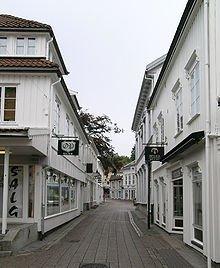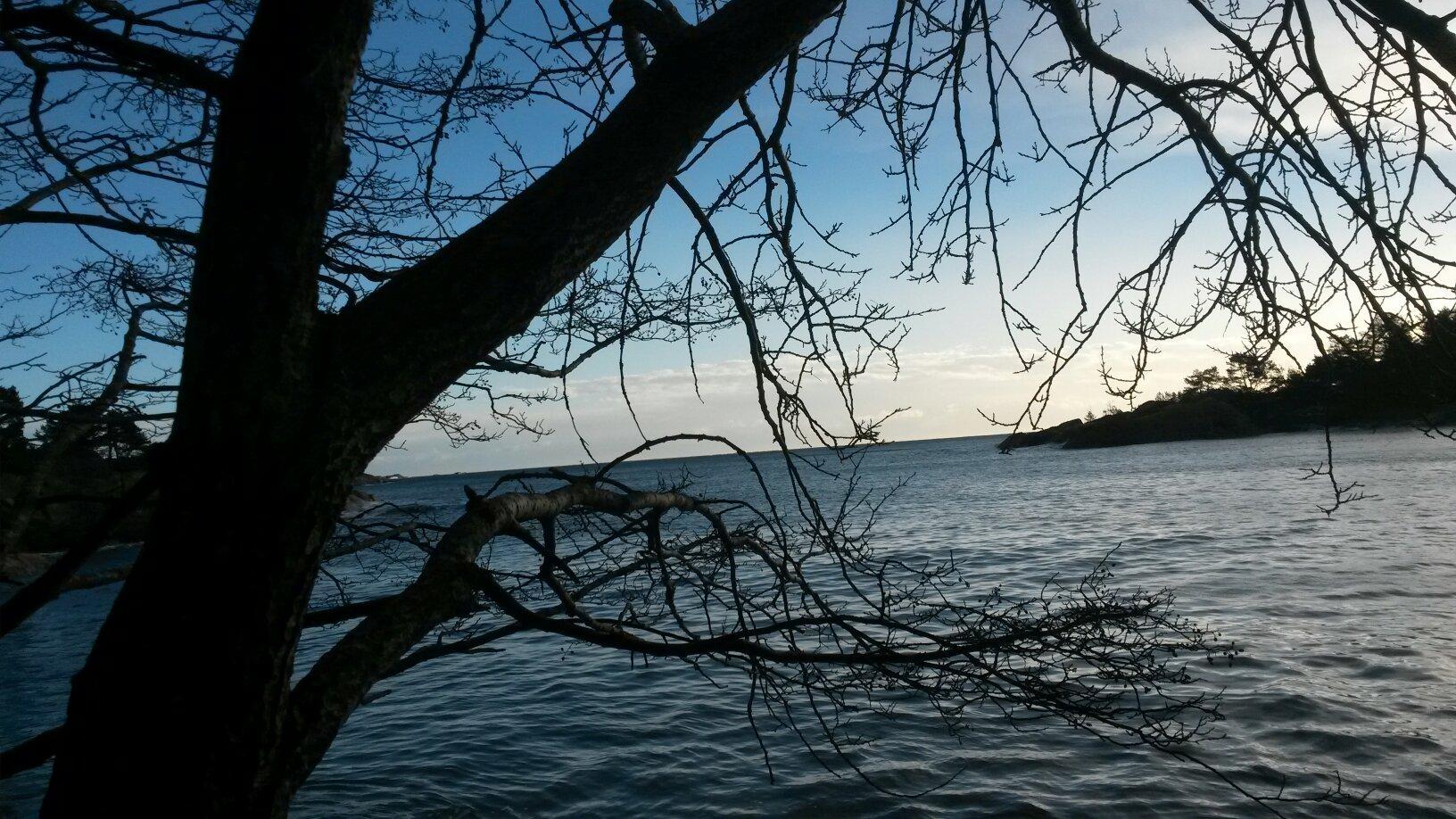The Rore Roundtrip
1a Storgaten
Grimstad 4876
Follow National Cycle Route no. 1 out of town. Ride along the quays, continue past Odden Shopping Centre and follow Bark Silas Vei until you reach Felleskjopet. Continue along Rv. 420 past the Ericsson building. By Statoil, go straight ahead and use the underpass to cross E-18. Follow Route no. 1, past Bo Gront and the exit to Prestegardsskogen, until you reach the crossroads signposted Kryssen. Cross the main road and continue along the narrow gravel road – keep left. After some 600m you will reach the foot and cycle path. Continue straight on for a few metres and then cross the road. Follow the signs for Rosholt. By now you will have reached the old, disused Grimstad/Froland railroad track (closed down in 1961), and are riding along the Rore lake – a fresh water source for Grimstad and Arendal. Continue past the barrier and then straight ahead. When you reach tarmac by the power station, turn right towards Fjaere Church. The church (built around 1150) is well worth a visit. At the crossroads, go straight ahead and follow signs for National Cycle Route no. 1 back to town. Comments: An easy route. If you meet a horse along the Rore lake lane, please stop and let the horse pass.
Also at this address
See a problem?
You might also like
Norway›The Rore Roundtrip










